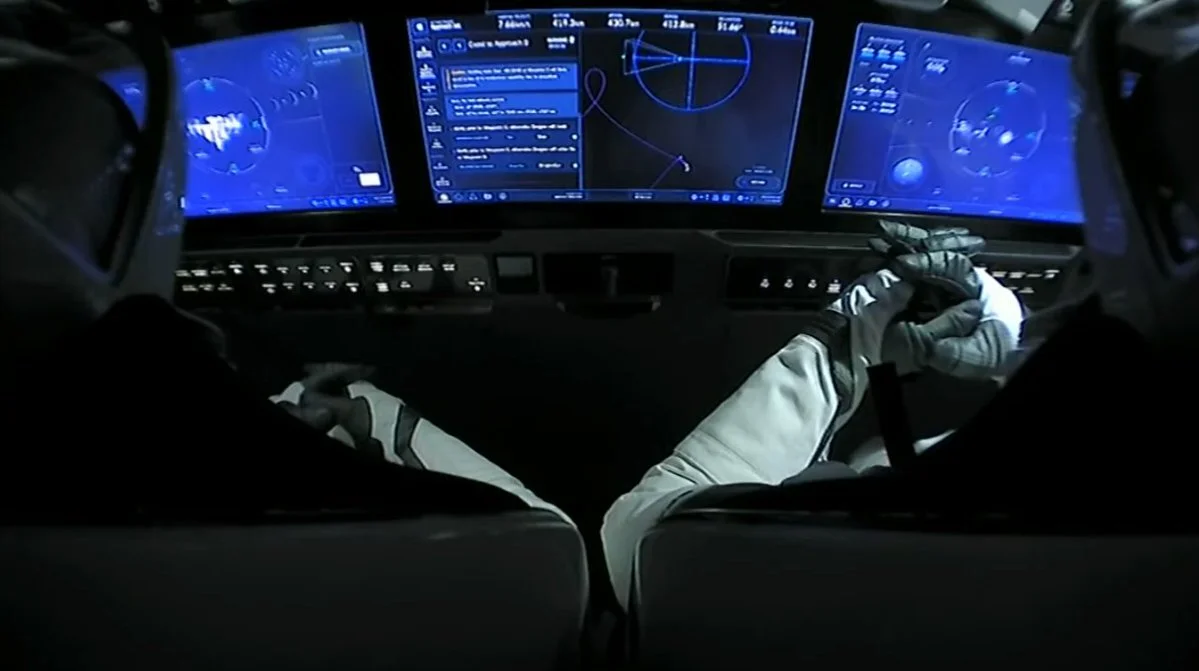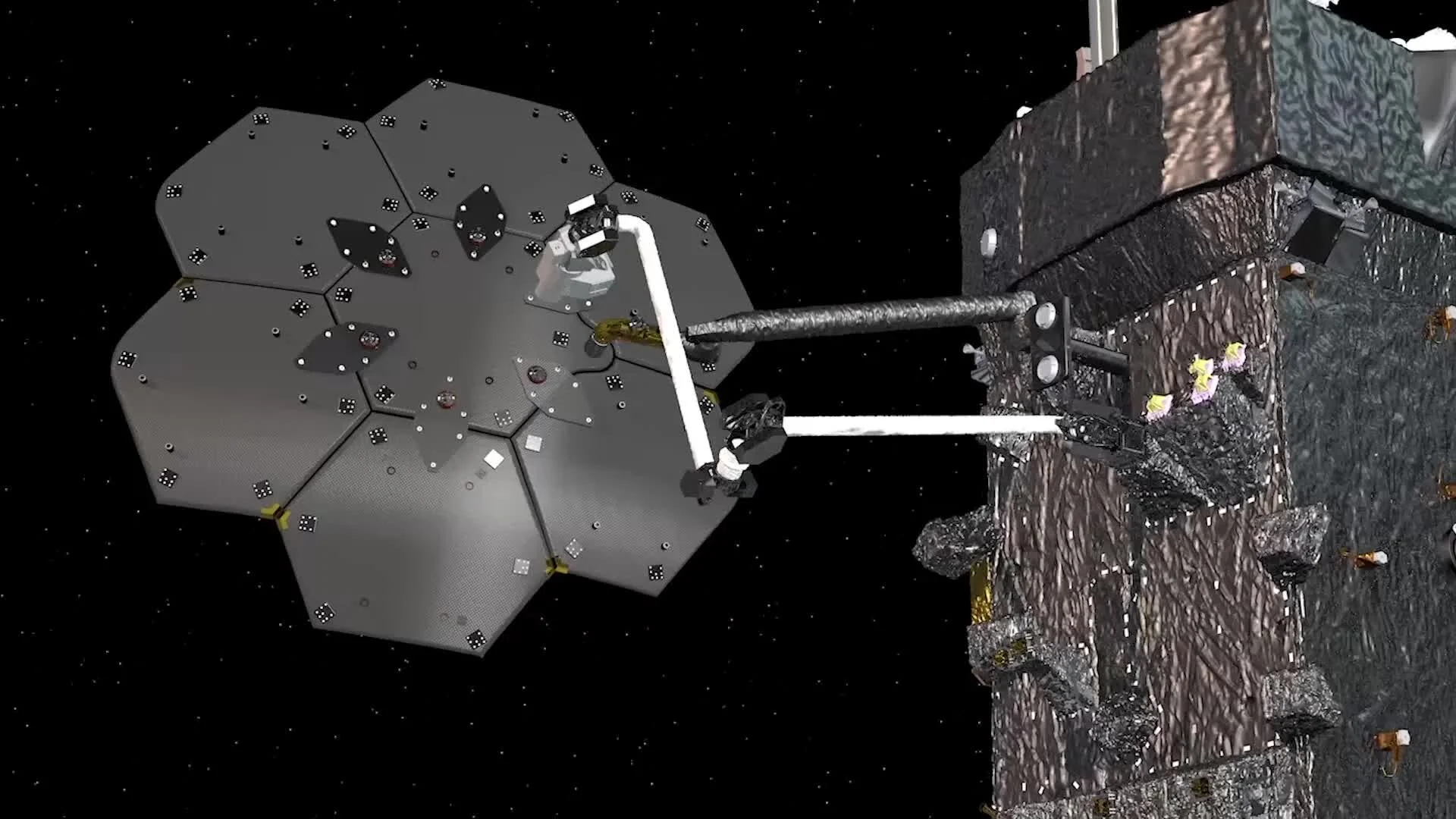Welcome to The Space Resources monthly newsletter for June 2020. Astrobotic became the first CLPS provider to secure funding to land VIPER on the Moon, Made In Space has new owners, and exciting science across the field continues to make asteroids shatter.
Read MoreNASA’s return of humans to the Moon in 2024 will involve large numbers of Moon landings with equipment and supplies. New technology must be used to mitigate the lunar dust ejected at high velocities when landing large Moon landers on the lunar surface. SpaceX and Masten both have innovative solutions to combat this problem.
Read MoreWelcome to The Space Resources monthly newsletter for May 2020. SpaceX successfully launched two astronauts to the ISS, NASA established Artemis Accord, and Tom Cruise to film movie on ISS.
Read MoreWelcome to The Space Resources monthly newsletter for April 2020. NASA selects SpaceX, Blue Origin, and Dynetics to build human lunar lander, the US issues an executive order that promotes the utilization of space resources, Artemis based projects continue pace, and CNSA and NASA prepare Mars rovers for July launch.
Read MoreWelcome to The Space Resources monthly newsletter for March 2020. Prior to COVID-19 lockdowns, March saw significant progress in multiple missions and data releases. Some groups are bucking the trend through the pandemic, including ISS astronauts, SpaceX, and the Mars2020 team.
Read MoreResearchers using data from China’s Chang’e 4 lunar lander and Yutu-2 rover were able to confirm many details of the Moon’s farside subsurface that were previously only theory.
Read MoreTwo new in-space manufacturing research missions were recently deployed into low Earth orbit. The missions, MakerSat-1 and Orbital Factory 2, are each housed in 1U CubeSats (10x10x10cm). MakerSat-1 is studying the degradation of common 3D printer plastics in space, and Orbital Factory 2 is demonstrating 3D printing of conductive material, simulating a solder joint repair on a solar array while in microgravity.
Read MoreWelcome to The Space Resources monthly newsletter for February 2020. In-orbit satellite servicing was demonstrated by MEV-1, a neural network identifies potentially hazardous objects, and subsurface radar scans on the far side of the Moon.
Read MoreLast week on the 19th of February, Japan’s space agency, JAXA, moved their Martian Moons eXploration (MMX) program into the development phase, planning for a 2024 launch. This mission will seek to visit both Martian moons, Phobos and Deimos, and perform a sample-return of Phobos.
Read MoreA new deorbit tether will be tested by Aurora Propulsion Technologies in December 2020. The 1.5U CubeSat test will ride to space on a SpaceX Falcon 9 rocket, after which it will be propelled to a sun-synchronous orbit via Momentus Space Vigoride. In addition to the tether, Aurora will test and utilize their new water thrusters for cubesat control.
Read MorePlanned to land on the Moon in 2025, the Roscosmos Luna 27 will carry an ESA designed robotic drill and laboratory dedicated to collecting and processing volatiles from regolith. While we know ice exists within permanently shadowed regions (PSRs) at the lunar poles, little is known about the exact composition and structure. In-situ sampling is therefore essential for understanding this ice, allowing engineers to build better ice processing systems.
Read MoreNASA’s upcoming Restore-L mission will seek to service a low-Earth orbit satellite, bringing it closer to its original state. The spacecraft is planned to launch in 2023, where it will demonstrate autonomous rendezvous, refueling, repairing, and manufacturing tasks. NASA has used public-private partnerships to procure technology payloads for this mission in order to promote industry innovation at low cost.
Read MoreWelcome to The Space Resources monthly newsletter for January 2020. A satellite near miss, Artemis updates, the year of Mars, and the first Vatira asteroid found.
Read MoreESA and their partners are pushing CubeSats further than they’ve ever been before. The M-ARGO (Miniaturised Asteroid Remote Geophysical Observer) mission is a 12U CubeSat that will be launched on a rideshare mission before using it’s own propulsion to visit a sub-100 meter wide asteroid. This mission will demonstrate a cost effective way to explore near-Earth asteroids (NEAs).
Read MoreChina dominates. Asteroid mining dies but attends its own funeral. Reusable rockets lower the cost and increase access to space. The Moon, Mars, and asteroids all get new survey maps for water resources. Water-based thrusters perform well in orbit. Asteroids are blasted and samples collected. Space mining gets more legal scaffolding. The Moon gets one new rover and two new craters.
Read More













